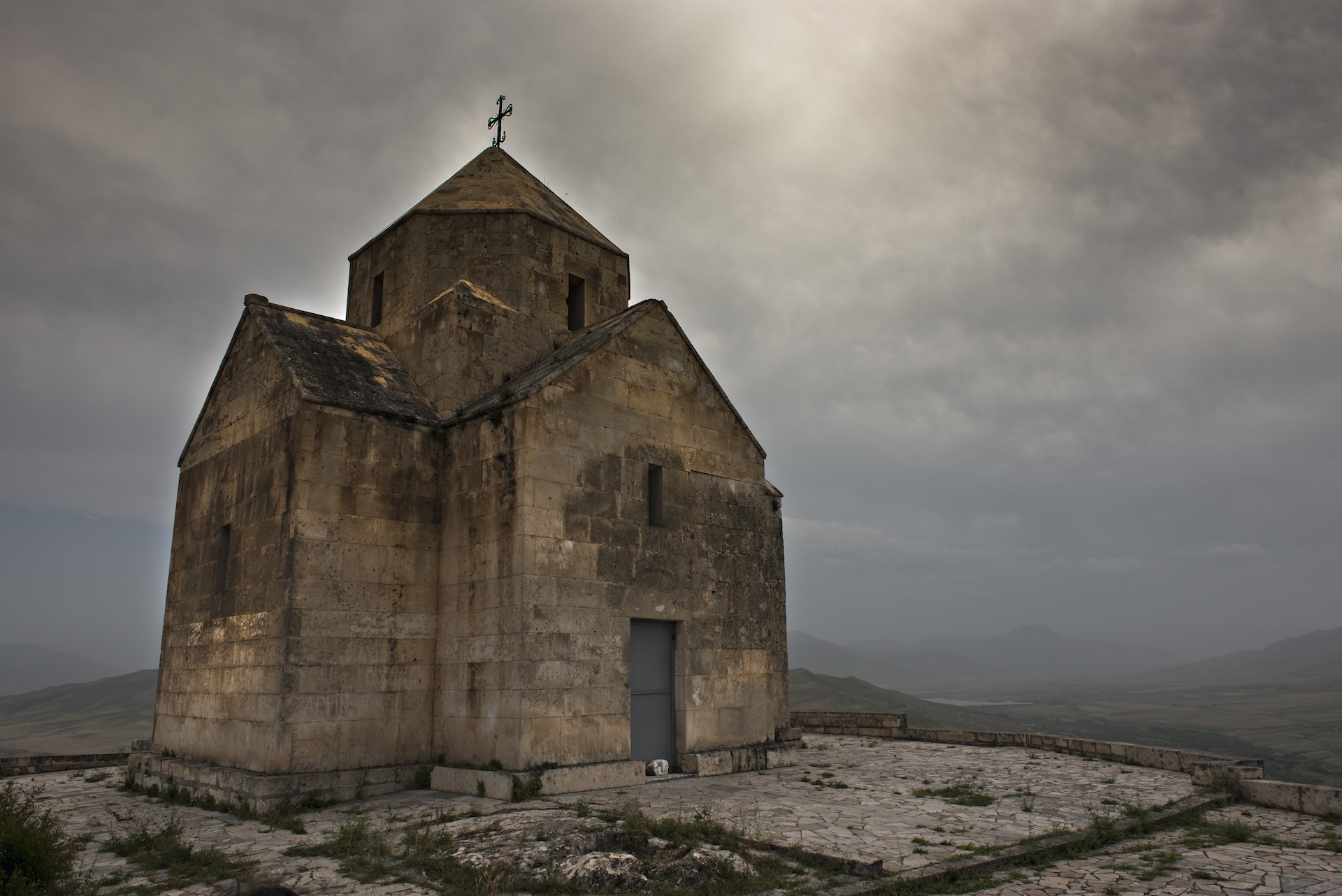
On the territory of the ancient city of Tigranakert stands the small church of Vankassar, built in the 7th century.
As its name suggests, Tigranakert was founded by King Tigran the Great, the most prominent ruler in Armenian history. In the first century BC, he made Armenia the most powerful state in the region. Its territory stretched from the Caspian Sea to the Mediterranean and from the Pontic Alps, bordering the Black Sea, to northern Persia.
After the discovery of fortification remnants in 2006, excavations were conducted until the Second Nagorno-Karabakh War. These revealed the existence of a citadel and a city that was active until the 13th century. Dozens of pottery items, jewelry, and everyday life articles were uncovered, along with the ruins of a necropolis and a paleo-Christian church, highlighting the city’s importance as an administrative and religious centre. However, for decades, Azerbaijani authorities have sought to deny this heritage, for instance, by claiming the paleo-Christian church was a bathhouse and that the funerary amphorae were water containers.
The hill where the chapel is perched is called Vankassar, meaning “Monastery Hill,” suggesting that it was once part of a small monastic complex. It has suffered numerous attempts to erase historical traces. During the Soviet era, a so-called restoration erased some original features, including carved cross decorations on the tympanum above its door. In January 2024, an even more symbolic step was taken: the cross atop the dome was removed, further implementing the obliteration of any Christian presence on the site.